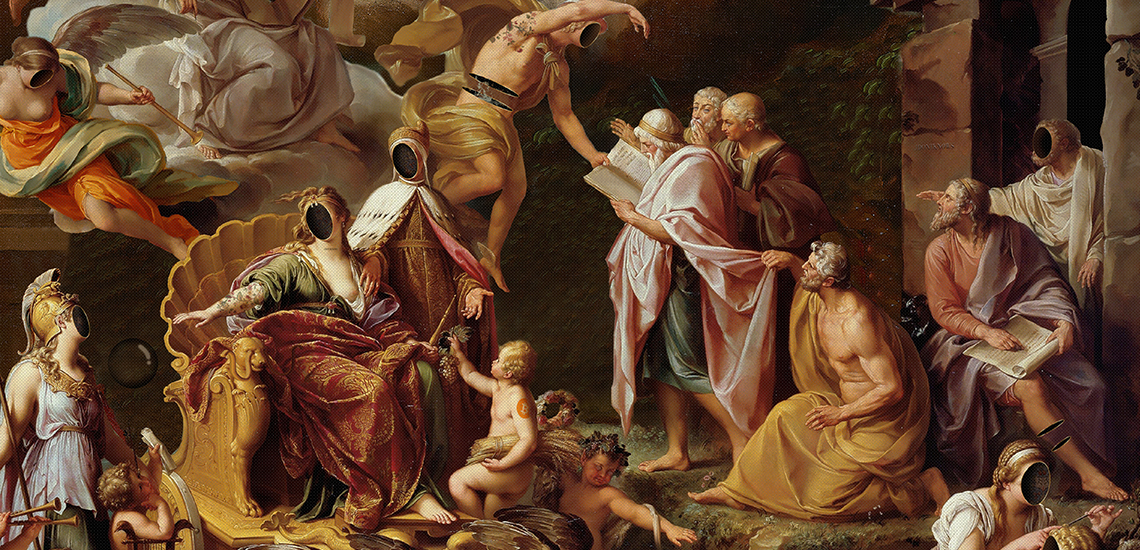Starting an Aesthetic Journey Through the Lyrical Analyses of Nature in Impressionist Landscapes
In the realm of art background, the Stylist activity stands apart as an essential period that changed the method nature was illustrated on canvas. Artists such as Claude Monet, Camille Pissarro, Edgar Degas, Berthe Morisot, and Vincent Van Gogh caught the significance of the environment with their unique interpretations, creating landscapes that transcend simple graph. Each brushstroke, each play of light and shadow, and each color choice in their works speaks volumes about the artists' deep connection to nature and their capability to translate its beauty onto the canvas. As we check out the lyrical analyses of nature in Stylist landscapes, we are invited to immerse ourselves in a globe where truth and emotion intertwine, providing a glimpse right into the artists' profound admiration for the natural globe.
The Captivating Brushstrokes of Claude Monet
Claude Monet's proficiency of brushstrokes transcends simple technique, imbuing his landscapes with an angelic quality that fascinates and captivates customers - trump art. His cutting-edge use color and light, incorporated with his distinctive brushwork, produces a feeling of activity and life within his paints. Monet's renowned series of works showing water lilies and his renowned haystacks display his capacity to record the short lived effects of light and environment

Checking Out Light and Shadow With Camille Pissarro
Personifying a similar reverence for the interplay of light and shadow, Camille Pissarro's creative vision unfolds as a harmonious exploration of the natural globe's luminescent nuances. Pissarro, a key number in the Impressionist activity, masterfully captured the dynamic partnership between light and shadow in his landscapes. His skilled use shade and brushwork allowed him to communicate the subtle shifts in light that specify various times of day and periods.
Pissarro's paintings often feature spotted sunshine filtering through fallen leaves, casting detailed patterns of light and darkness on the planet below. In jobs such as "Hoar Frost, the Result of Snow, Pontoise," Pissarro skillfully depicts the crisp brightness of winter months sunshine compared with the amazing darkness that define the snowy landscape. By embracing both light and darkness in his make-ups, Pissarro invites audiences to submerse themselves in the all-natural elegance and short-term effects of light on the planet around them.

Through Pissarro's works, we are reminded of the transformative power of light and darkness, inviting us to stop and appreciate the fleeting moments of charm present in the daily landscapes that border us.
A Harmony of Colors by Edgar Degas
Edgar Degas coordinates a lively symphony of shades in his masterful art work, infusing his compositions with a dynamic interplay of colors that captivate the audience's gaze. Recognized primarily for his ballet professional dancers and intimate scenes of Parisian life, Degas skillfully manipulated shades to communicate mood and motion in his paints. trump art. His their website use strong, contrasting shades and refined tonal variations created a sense of deepness and vibrancy within his works
Degas' color combination often was composed of abundant blues, deep environment-friendlies, and cozy oranges, which he used with certain brushstrokes to catch the significance of his topics. Whether portraying a ballerina mid-performance or a group of friends chatting at a cafe, Degas' shades not just depicted the scene however also evoked a feeling of emotion and energy.
Moreover, Degas' experimentation with light and darkness included an extra layer of complexity to his shade compositions, improving the total environment of his paintings (trump art). Through his skilled manipulation of shade, Degas developed an aesthetic symphony that remains to reverberate with visitors today
Exploring Nature's Tranquility With Berthe Morisot
Berthe Morisot's creative vision offers a calm departure from the lively shade symphonies of Edgar Degas, as she records the serenity of nature in her expressive landscapes. Understood for her delicate brushwork and intimate representations of daily life, Morisot's landscapes exhibit a feeling of peace and harmony.
Morisot's paints usually feature soft, muted tones that share a feeling of calmness and tranquility. Her works, such as "The Cradle" and "Summer season's Day," display her capacity to capture the refined beauty of nature in a method that is both reflective and relaxing to the audience.
Unlike a few of her Impressionist equivalents that concentrated on dynamic compositions and bold colors, Morisot favored to develop mild, introspective scenes that invite the viewer to mirror and pause. Via her masterful usage of light and darkness, Morisot develops a sense of serenity that resonates with Click Here the audience on a deep emotional degree.
The Psychological Landscapes of Vincent Van Gogh
Vincent Van Gogh's landscapes strongly share a deepness of emotion through their dynamic brushwork and expressive usage of shade. The Dutch post-impressionist musician is renowned for his ability to capture raw and intense emotions in his paintings, going beyond traditional representations of nature. Van Gogh's troubled individual life, noted by psychological wellness struggles, significantly affected his art, infusing his landscapes with a sense of anxiousness, sorrowful, or vitality.
In jobs such as "Starry Evening" and "Wheatfield with Crows," Van Gogh's swirling brushstrokes and dynamic shade choices evoke an extensive emotional response from viewers. The rough skies and flustered landscapes in his paintings show his inner chaos and psychological turbulence, welcoming audiences to explore the complexities of his psyche.
Van Gogh's distinct visual language, defined by overstated viewpoints and vibrant use color, develops landscapes that resonate with customers on a deeply psychological level. Through his art, Van Gogh invites us to see nature not equally as an exterior reality yet as a mirror of our innermost feelings and feelings.
Final Thought
Finally, the impressionist landscapes of musicians such as Claude Monet, Camille Pissarro, Edgar Degas, Berthe Morisot, and Vincent Van Gogh use a special and captivating visual interpretation of nature. Through their use of brushstrokes, emotion, shade, and light, these musicians have actually created a symphony of photos that evoke a sense of peacefulness and charm in the environment. Their jobs remain to influence and enchant visitors with their lyrical interpretations of the landscapes around us.
Each brushstroke, each play of find out here light and darkness, and each color option in their jobs speaks volumes concerning the artists' deep link to nature and their capacity to translate its charm onto the canvas. His cutting-edge usage of shade and light, combined with his distinctive brushwork, develops a feeling of movement and life within his paintings. His skilled use of shade and brushwork permitted him to convey the subtle changes in light that specify different times of day and seasons.
